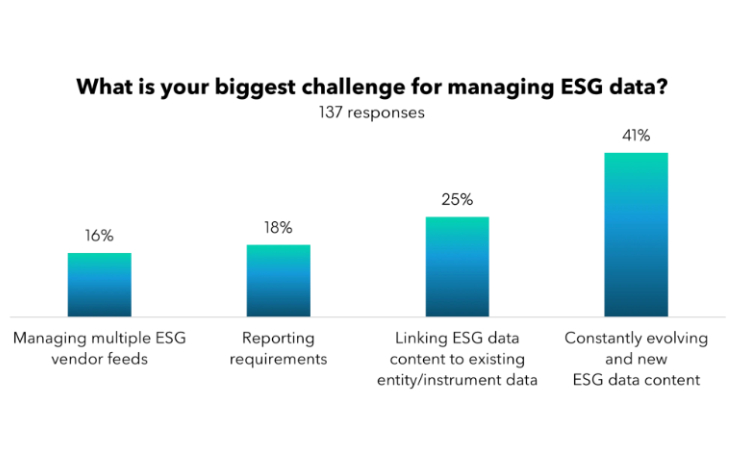Investa commercial Property Fund (ICPF) has just closed Australia’s Climate Bonds Initiative (CBI) compliant Green Loan for A$170m. This was achieved by matching Investa’s portfolio of planned commercial buildings against the CBI emissions thresholds, requiring assets to perform in the top 15% in terms of GHG emissions within each asset’s city. ICPF remains in the top 2% in the Global Real Estate Sustainability benchmark.
One of the key challenges within Australasia is a lack of environmental policy support by the federal government. Outlined in an article released by Paulina Duran on Reuters last year – “Australian corporate issuers are not in the same position as European issuers because there are no clear guidelines of the policies and what cost-benefits will accrue to them,” said S&P Global Ratings Senior Director Parvathy Iyer, who said Australian fund managers were otherwise keen on green projects. [1]
Despite this lack of green bond policy support from government, there is a growing commitment to ESG and green/sustainable investing, and we predict this to continue to grow into the foreseeable future. Significant opportunities for sustainable finance within the region see renewables, low carbon buildings and green infrastructure investment will drive the ESG investment community to continue to look at Australasia as a safe green investment environment.
Green Finance has been rapidly increasing since the signing of the Paris Agreement, with demand from institutional investors, particularly from OECD nations and China looking for projects & businesses addressing environmental challenges and support sustainable development. The issuance of products such a ‘Green Loans’ are used under the Green Loan Principles (GLP) of the Asia Pacific Loan Market Association (APLMA). The GLP have been jointly developed by the leading lenders most active in the green-loan market, to promote the development and integrity of the green-loan product. In the same way as the Green Bond Principles, the Green Loan Principles establish four components that characterise a green loan:
-
The use of funds. The use of the loan should be clearly described in the financial documents. All defined projects should offer clear, verifiable environmental benefits. These must be concrete, quantifiable, measured and reported by the borrower.
-
The process of evaluation and selection of projects. The borrower should clearly inform the banks of the sustainability objectives; the process chosen by the borrower to determine how his/her projects come within existing categories; and the related eligibility criteria, and if relevant, the exclusion criteria or any other process used to identify and manage potentially material environmental risks posed by the proposed projects.
-
The management of funds. The amount of the green loan should be recorded in a specific account and lend themselves to adequate tracking to ensure transparency and promote the integrity of the product.
-
Reporting. The borrower should draw up information that is updated and made available on the use of the funds on an annual basis until the funds have been used and, if necessary, from that moment according to what the development requires.[2]
A number of Australasian entities have begun to appreciate the value of green structured finance. In 2018 Macquarie Group issued a four-tranche GBP2bn loan facility with a 3-year revolving facility and a 5-year term tranche[3]. Non-financial institutions are also innovating, with Contact Energy from New Zealand with a ‘green finance program’. This covers retail and wholesale bonds, private placements, credit facilities and export credit lines.
Through an economic lens, Australia is a first world country, with stable growth, filled with vast opportunities for various green projects and several large local mutual funds mandated to invest responsibly. Australia is still too far behind the eight-ball, for a country which seems to have all the right pieces of the puzzle.
Written by ESG Responsible Investments (www.esgi.com) and noted sources.
[1] https://www.reuters.com/article/us-australia-bonds-green/australia-green-bond-market-muzzled-by-policy-uncertainty-idUSKBN1FP0OS
[2] https://www.bbva.com/en/green-loans-and-green-loan-principles/
[3] https://www.macquarie.com/sg/about/newsroom/2018/macquarie-group-issues-green-loan-facility/
Contact us to discuss how your organisation can reduce ESG risks, create an effective ESG strategy, reduce their carbon footprint and better manage ESG risk in your supply chain.









